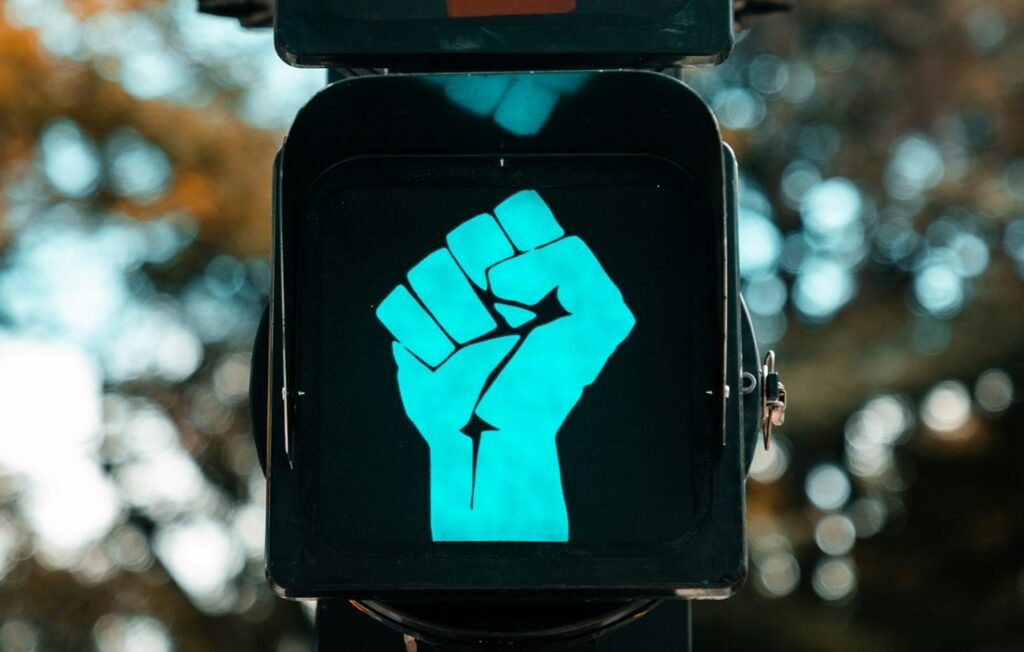If you’ve been following EarthShare over the past couple of years, you’ve likely heard us talk about the 30×30 target (a major climate goal to protect earth’s ecologically important lands, freshwaters, and marine waters by conserving 30% of each by 2030). That’s a mighty big target, and it makes sense that the most common follow-up questions are what solutions exist, how do we implement them, and who gets helped first? That’s where 30×30’s sister initiative comes into play: Justice40.
By now, there is no question that certain racial and socioeconomic groups bear the brunt of the climate crisis, despite contributing significantly less to its causation. Justice40 puts these communities and environmental justice at the forefront of the solution.
“For the first time in our nation’s history, the Federal government has made it a goal that 40 percent of the overall benefits of certain Federal climate, clean energy, affordable and sustainable housing, and other investments flow to disadvantaged communities that are marginalized by underinvestment and overburdened by pollution.”
The White House
The keyword is: investment. The Justice40 initiative is about investing in BIPOC and lower-income communities that have, to date, been left behind and strained by things like pollution, extreme weather conditions, and food insecurity. Categories of investment as outlined by the White House include:
- Climate change
- Clean energy
- Energy efficiency
- Clean transit
- Affordable and sustainable housing
- Training and workforce development
- Remediation and reduction of legacy pollution
- Development of critical clean water and wastewater infrastructure
Public Perception of Justice40
Justice40 is still relatively unfamiliar to the public and can often feel like obscure jargon—much like the 30×30 target—which is why broader education about environmental justice and its significance cannot be overlooked. Once educated on the purpose behind Justice40, the majority of people surveyed by World Resources Institute said they supported the initiative. People want to uphold environmental work that boosts their communities and communities that have been negatively impacted by pollution and climate change, but the age-old idiom is true: “You don’t know what you don’t know.” Filling in these education gaps for the public will help enormously to generate momentum and develop a growing network of support for Justice40 and an environmental justice-focused mindset moving into the future.
Justice40, Tribal Communities, and Elevating Indigenous Voices
The concept is simple but powerful: when we invest in our communities, particularly those that have been historically left behind and overburdened, we create the space for growth, positive development, and healthier communities. After all, people care about where they live, and when given the opportunity to make it better, wonderful things can happen. From electrifying Tribal homes and lead-free clean water projects to flood prevention and mitigation, Justice40 is already contributing to community health and wellness across the country.
The Climate and Economic Justice Screening Tool, created by the Council on Environmental Quality, has been used to identify more than 27,000 communities throughout the United States and U.S. territories where factors like poverty, flood risk, housing, legacy pollution, proximity to hazardous waste, and traffic volume among other considerations designate the community as disadvantaged. This includes all lands belonging to Federally Recognized Tribes.
Indigenous communities around the world are at the frontlines of our changing climate, suffering disproportionately from warming temperatures, water scarcity and worsening water quality, and energy insecurity (just to name a few). And yet, despite this, the habitats managed on Indigenous lands are thriving, home to 80% of the world’s biodiversity. By elevating Tribal communities through Justice40, we can help meet critical human needs—something that has been tragically and irresponsibly missing from legislation and funding to date—as well as support tribal sovereignty and leadership in the development of environmental solutions.
No Strings Attached Solutions
Importantly, we cannot support Indigenous work with strings attached. To date, much of the funding and assistance for Indigenous-led or centered environmental projects has been done with the unspoken stipulation that the work can go on so long as it doesn’t interfere with the interests of private entities. But that’s neither equitable nor just.
Private entities, like oil companies, are focused on profits; not what is in the best interest of Indigenous communities, the environment, or climate health in general. When the U.S. government impedes on Tribal rights by allowing for mining on or nearby Tribal lands without the consent or permission of the Indigenous community that lives there, it is an act of environmental injustice, a threat to biodiversity, and a setback to progress.
We must look to Tribal Nations as expert thought leaders and respect them as such. This means placing trust, decision-making power, and resources (like funding!) into the hands of these communities and building a bridge of communication where we can learn from the successful, time-honored traditions of these cultures how to be better environmental stewards.
Native American Heritage Month
November is Native American Heritage Month. We strongly encourage you to take a moment to learn about the Tribes most local to you and the Tribes whose historic lands you currently reside on. Encourage others to do the same.
Engage with your local Tribes, learn what conservation initiatives they are working toward and if and how you can provide support.




